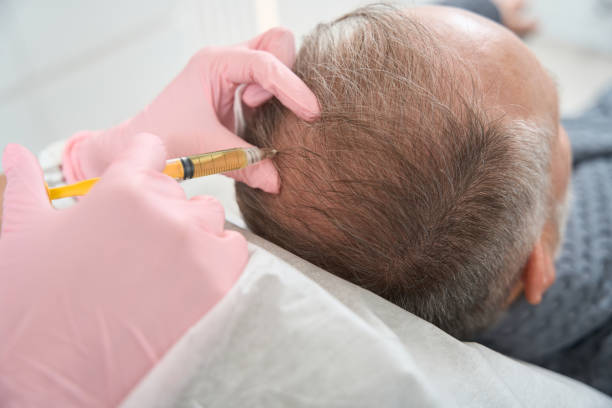Demystifying Eye Bags: Causes, Treatments, and Preventive Measures
From the dawn of civilization, humans have sought remedies for their physical ailments, and the desire for a youthful appearance is no different. Despite the advances in medical technology, the issue of eye bags has remained a stubborn problem that has perplexed many individuals for centuries. Eye bags, characterized by puffiness or swelling under the eyes, have been a significant concern in aesthetics and dermatology. This article aims to provide an in-depth understanding of eye bags, their causes, current treatment options, and preventive measures, offering unique insights not widely covered elsewhere.
Unveiling the Mystery of Eye Bags
Eye bags, scientifically known as periorbital puffiness, are a common condition that can affect individuals of all ages, genders, and ethnicities. It is generally perceived as a cosmetic issue rather than a medical condition. However, it can be a source of discomfort and can impact an individual’s self-esteem and overall appearance.
The skin around our eyes is thinner and more delicate than the rest of our face, making it more susceptible to changes. Eye bags occur due to the weakening of the tissues and muscles that support the eyelids, causing fat that normally helps support the eyes to move into the lower eyelids, thus making them appear puffy. Aging, genetics, fluid retention, allergies, and lifestyle factors like sleep deprivation, smoking, and alcohol consumption are some common causes of this condition.
Historical Context: Ancient Remedies to Modern Techniques
In ancient times, eye bags were treated with natural remedies. Egyptians were known to apply slices of cucumbers, potatoes, or tea bags to reduce puffiness and dark circles. These practices are still prevalent today due to their de-puffing and skin-brightening effects.
With the advent of modern medicine, more sophisticated treatments have emerged. In the early 20th century, blepharoplasty, a surgical procedure to remove excess skin and fat from the eyelids, was introduced. This technique continues to be a popular choice for those seeking a permanent solution.
In recent decades, the development of non-surgical procedures like dermal fillers, laser treatments, and radiofrequency devices has revolutionized the treatment of eye bags. These treatments are less invasive, have quicker recovery times, and are usually more affordable than surgical procedures.
Treatment Trends and Their Reception
Modern treatments have gained popularity due to their effectiveness and convenience. Dermal fillers, which involve injecting hyaluronic acid to fill the hollow areas under the eyes, have grown in popularity due to their immediate results and minimal downtime. Similarly, laser treatments that tighten the skin and stimulate collagen production have also been well received.
However, while these treatments are effective, they are not permanent solutions and require regular maintenance. In addition, they can carry potential risks, including bruising, infection, and uneven results. As such, it’s important to consult with a qualified professional before undergoing any treatment.
Preventive Measures and Lifestyle Adjustments
Prevention is always better than cure. Incorporating certain lifestyle changes can help reduce the occurrence of eye bags. Getting adequate sleep, maintaining a healthy diet, limiting alcohol intake, and quitting smoking can significantly improve the condition.
In addition, good skincare habits can also play a crucial role. Using eye creams with ingredients like caffeine, peptides, and retinol can help tighten the skin and reduce puffiness. Regularly applying sunscreen and wearing sunglasses can also protect the delicate skin around the eyes from UV damage.
Embracing a Holistic Approach
Eye bags are a common concern that can affect anyone, regardless of age or gender. While various treatments can effectively address this issue, they are not without risks and limitations. Therefore, a holistic approach that combines treatments with lifestyle modifications and good skincare habits can provide the best outcomes.
In the end, it’s crucial to remember that each individual’s skin is unique, and what works for one person may not work for another. Therefore, it’s always advisable to seek advice from a dermatologist or skincare professional for personalized advice and treatment.





